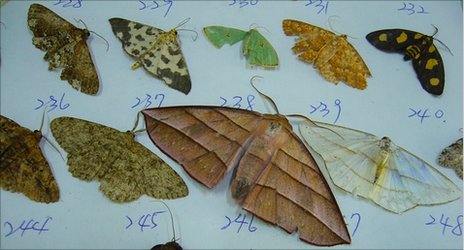A recent article in the journal Science, “Rapid Range Shifts of Species Associated with High Levels of Climate Warming,” indicates that Earth’s fauna and flora are migrating to cooler northern climes three times faster previously noted. The article examined the movements of about 2,000 species and found that they are moving away from the equator at an average rate of 14.8 feet a day and up mountains at a rate of about 3.6 feet per year to escape the effects of climate change.
According to the article’s abstract, “The distributions of many terrestrial organisms are currently shifting in latitude or elevation in response to changing climate. Using a meta-analysis, we estimated that the distributions of species have recently shifted to higher elevations at a median rate of 11.0 meters per decade, and to higher latitudes at a median rate of 16.9 kilometers per decade. These rates are approximately two and three times faster than previously reported. The distances moved by species are greatest in studies showing the highest levels of warming, with average latitudinal shifts being generally sufficient to track temperature changes. However, individual species vary greatly in their rates of change, suggesting that the range shift of each species depends on multiple internal species traits and external drivers of change. Rapid average shifts derive from a wide diversity of responses by individual species.”
Because northern regions are warming more than those closer to the equator, the further north the species live, the faster they are moving away from their home bases. But what about the animals that already live at the poles, or at the top of mountains? “They die,” said Dr. Thomas, lead author of the Science article. For example, polar bears that do most of their hunting off the Arctic ice that is melting at the highest rate ever recorded simply have nowhere else to go. “We know that the species which have expanded the most and fastest are the species that are not particularly fussy about where they live, and this more or less puts to bed the issue of whether these shifts are related to climate change. There isn’t any obvious alternative explanation for why species should be moving poleward in studies around the world.’’



